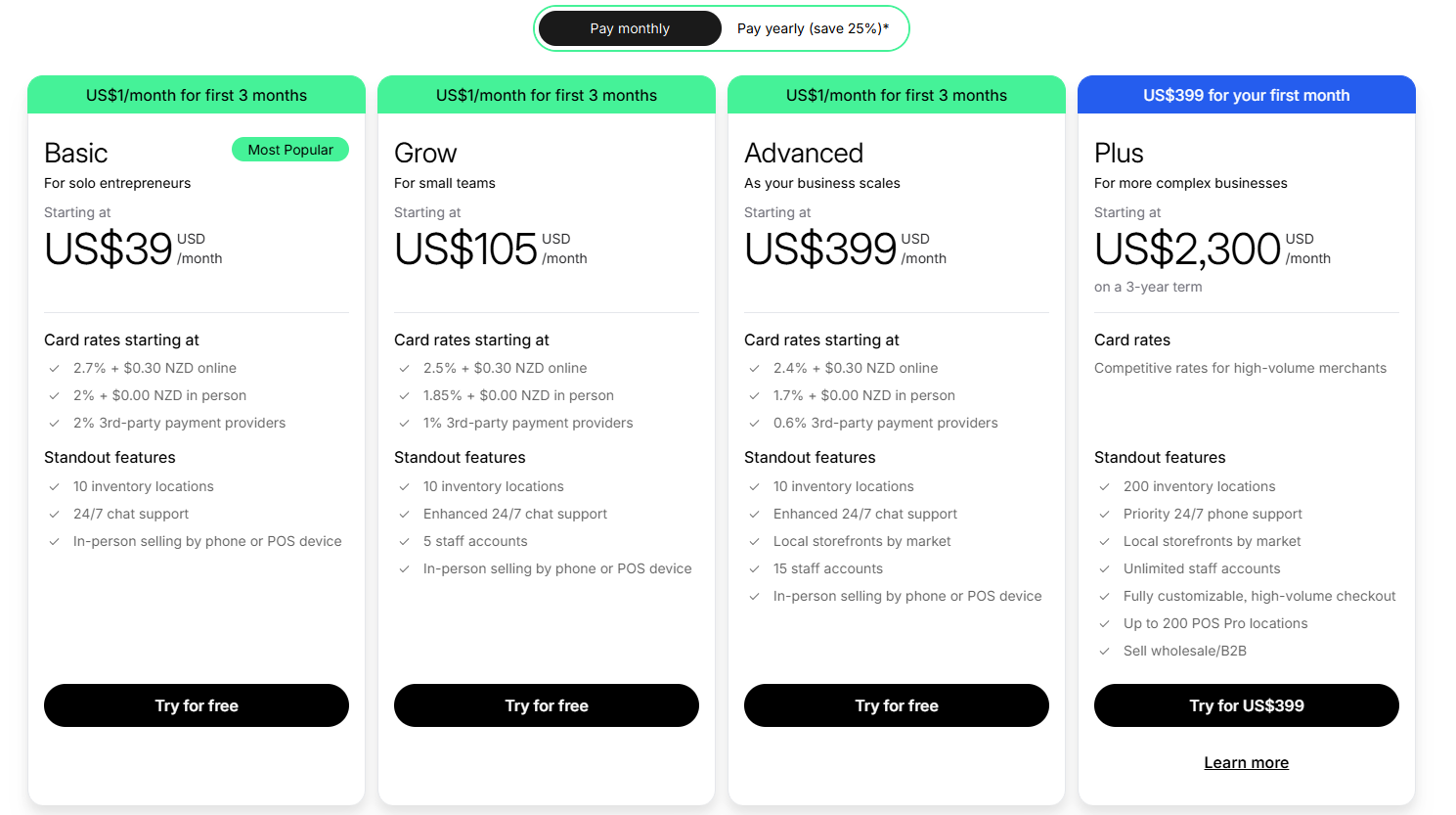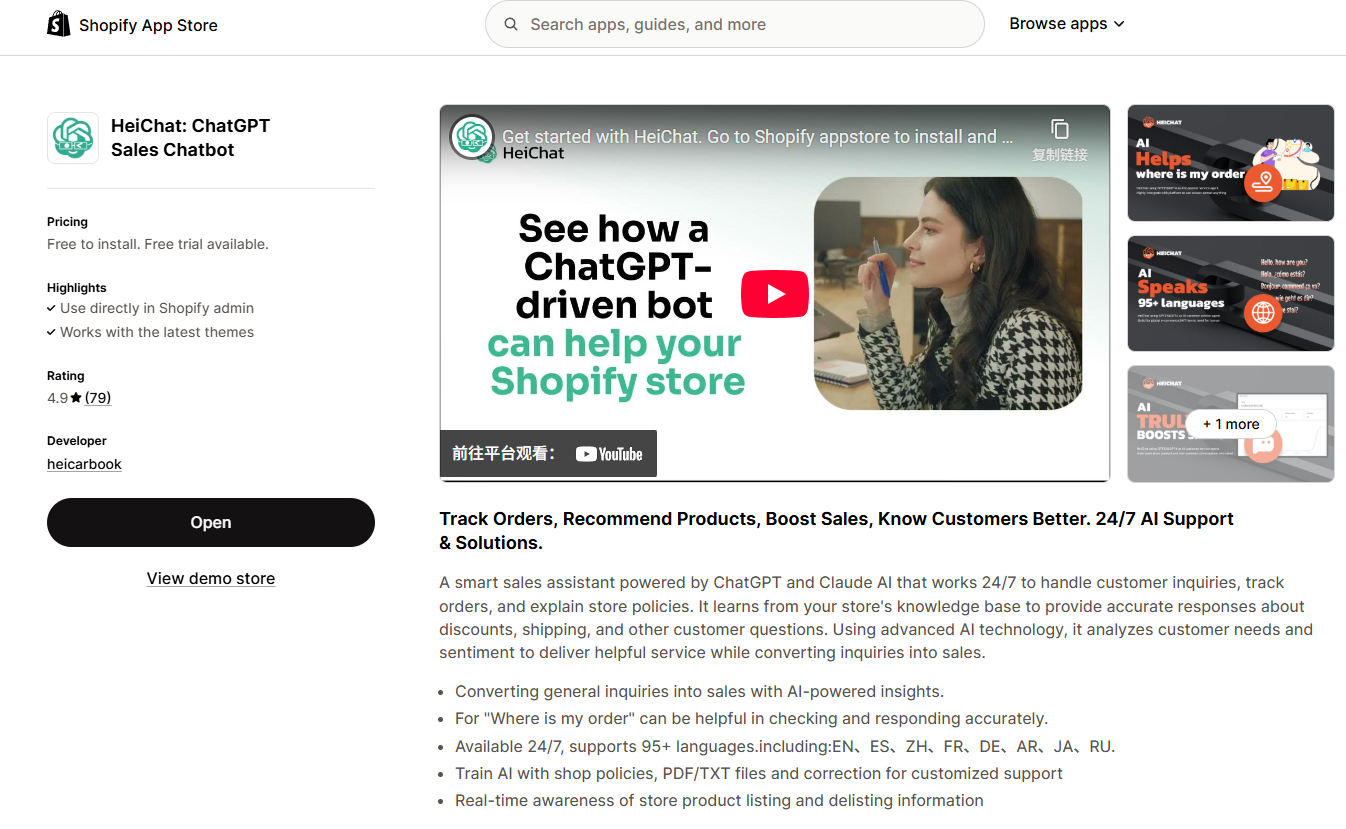From a Practical Perspective: Shopify Website Building vs WordPress Website Building, How to Choose the Most Suitable Independent Site for You?
An in-depth analysis of the core differences, advantages and disadvantages, and scenarios for choosing between Shopify and WordPress website building, sharing how to select the most suitable independent site platform based on actual business needs from a personal hands-on perspective.

Introduction
If you are facing the dilemma of building an independent site, the question “Which is better, Shopify or WordPress?” will definitely make you anxious for days. This is not a simple matter of right or wrong; it is a critical choice that affects your long-term business efficiency, time management, and the future growth path of your brand. As a practitioner who has built numerous independent sites, I have fallen into many traps and also enjoyed the benefits brought by the right choices. In this article, I will not talk about generic feature lists but will combine real usage and operation experience to help you clarify your thoughts, reveal the core logic behind each solution, and indicate in which scenarios each platform is more reliable.
In-depth Analysis: Core Similarities, Differences, Advantages and Disadvantages of Shopify vs WordPress Website Building
1. User Types and Decision Drivers: How Much Control Do You Crave?
- Shopify: A SaaS all-in-one e-commerce platform targeting users who want “a one-stop worry-free selling solution / fast launch without technical hassle.” You are willing to hand over underlying maintenance to the platform and only focus on products, customers, promotions, and traffic conversion. Suitable for sellers who want to focus extremely on business and dislike dealing with the underlying tech.
- WordPress (+ WooCommerce): An open-source CMS system with extremely high freedom, suitable for entrepreneurs and brands who “pursue fine customization, like DIY, have some technical knowledge or dare to invest in a development team.” If you want 100% autonomous control over data, functions, and code, WordPress means unlimited possibilities but also exponentially increases responsibility and workload.
2. Entry Threshold, Ease of Use, and Launch Speed
- Shopify: Truly “ready to use out of the box.” You can register within 3 minutes and quickly configure to get a complete website prototype. Themes, shopping carts, payments, and logistics are all integrated; you don't even have to manage servers yourself. Beginners with zero technical background can easily launch, with guided processes and 24/7 customer support. This “9-to-5 boss mentality” is especially attractive for entrepreneurs running online businesses (especially cross-border e-commerce).
- WordPress: More like “building blocks.” You first need to purchase a domain, choose hosting, install WordPress, configure themes and various e-commerce plugins (WooCommerce is mainstream but there are many other extensions). Although the difficulty is not high, absolute beginners will definitely feel overwhelmed and need to spend a lot of time searching tutorials, forums, and communities, with inevitable pitfalls. Fast launch is unrealistic, but the flexibility afterwards is extremely high.
3. Cost Structure: Transparent Billing vs Hidden Expenses

- Shopify: Charges subscription fees (Basic plan $39/month, 25% off yearly payment), including hosting, SSL, website security and upgrades, some basic themes, and core functions. Transaction fees (using Shopify Payments is free of transaction fees; other payment gateways may charge an additional 1-2%), as well as extra costs for premium themes/plugins. All expenses are transparent and calculable, worry-free. But if you need advanced functions later, plugin monthly fees may add up.
- WordPress: The software itself is free, but you need to pay for hosting ($3-30/month), domain ($10-15/year), premium themes ($50-200 one-time or yearly), plugins (mix of free and paid), plus occasional developer fees for customization. Initial setup cost can be low or high depending on your design and functional needs. Also, if you pursue extreme performance, security or advanced customization later, you may need to keep investing. Overall flexible but unpredictable.
4. Function Expansion Freedom and Customization Space

Image of heichat — one of many Shopify apps focused on AI customer service
- Shopify: The theme and app ecosystem is very mature, able to cover 90% of e-commerce scenarios. Themes and pages support visual drag-and-drop, and code customization (Liquid template language) is also open. All basic e-commerce functions are built-in, but if your needs are extremely unique (e.g., special business logic, process customization, deep ERP integration), Shopify may hit a certain “ceiling” since you do not have server-level access to deeply modify underlying structure.
- WordPress / WooCommerce: You can tinker however you want; any detail, function, or interaction can theoretically be customized or developed as plugins. The whole ecosystem is huge, covering SEO, content marketing, social, payment, logistics, CRM — literally every developer worldwide can enhance it. But this great freedom also brings uncertainties (plugin conflicts, complicated maintenance), and excessive plugin accumulation often leads to slower speed, with higher maintenance costs and technical risks than Shopify.
5. Performance, Security and Operation Pressure
- Shopify: Hosted SaaS, no need to worry about server security, patch updates, backups, DDoS protection, performance tuning, etc.—all automatic. Compliance and security standards are very high, especially suitable for cross-border compliance sales. Even if sales explode or traffic surges, scaling is smooth.
- WordPress: You have to choose and tune hosting performance yourself, watch over security, backups, plugin updates, and database maintenance. Any negligence can cause major issues. Common problems include hacking, malware, plugin conflicts causing site crashes. For high-traffic large sites, a professional team or managed services are strongly recommended; otherwise, peace of mind is hard. However, with a tech team or partner, WordPress can also run fast and stable.
6. SEO and Content Operation Advantages
- Shopify: Basic SEO friendly, with customizable site structure, meta tags, URLs, mobile optimization, and plugins like Vtober/jolt for SEO-friendly blog generation that can produce plenty of quality content. But URL structure, fine-grained customization, and advanced content marketing support are more abundant on WordPress (depending on your team’s WordPress proficiency).
- WordPress: Born for content and SEO optimization, combined with plugins like Yoast/RankMath, you can deeply control every detail, such as custom URL structures, precise Schema, Sitemap, OpenGraph, multilingual switching, etc. The top choice for long-term content operation, brand storytelling, and knowledge marketing.
- In short: If your goal is pure e-commerce closed-loop and extremely high conversion rates, Shopify is enough; if you plan to deeply cultivate a content ecosystem and operate traffic and users intensively, WordPress has more advantages.
7. Community Support and Customer Service Experience
- Shopify: Comes with official 24/7 customer support, especially suitable for sellers worried about technical issues affecting sales. Plugin and theme developers are relatively controlled, so you can directly find responsible parties if problems arise.
- WordPress: Has a huge community with the most tutorials and cases globally, but no one is responsible for solving your problems—you need to seek help from forums, chat groups, YouTube, developers, hosting providers, etc. For those used to “official one-click solutions,” the communication efficiency and sense of responsibility may be insufficient.
How to Choose Based on Different Scenarios?

Based on the in-depth analysis above and my personal experience managing dozens of independent sites and witnessing entrepreneurs at different stages with various actual needs, my advice is very clear:
1. You are a beginner or a team wanting to quickly launch overseas DTC business
-
No IT partners or extra time to learn/manage operations;
-
Want to launch and test within 3 days, quickly form a conversion loop;
-
Focus mainly on product development, traffic acquisition, marketing viral growth rather than technical aspects;
-
Expect stable, secure, and 24/7 customer service backup;
→ Firmly choose Shopify. Survive first and put early resources into good products and marketing.
2. You have strong technical/product background and are willing/capable to handle deep customization
-
Business processes are personalized or complex in vertical fields; or content operation and SEO are the main traffic model; or large sites with multilingual/multiformat hybrid needs;
-
Have a tech team, with extreme visual/experience requirements;
-
Long-term goal to control every function, data, code, and logic, willing to invest in the long run;
→ Choose WordPress (with WooCommerce and surrounding plugins/custom development). Don’t underestimate post-maintenance and operation. “Freedom” always costs energy and money.
3. Budget is extremely tight and you are willing to tinker
-
Seek extreme savings, choose your own hosting, use as many free plugins as possible, patient to self-learn and troubleshoot;
→ WordPress is your budget-friendly weapon, but remember to control plugin quantity and ensure basic security.
4. Cross-border, lightweight/single product site, small team projects, or need very fast iteration
-
Few product lines, goal is to launch quickly and validate, focus on data and GMV;
→ Shopify no pressure, free themes + basic functions can get you started, optimize later.
5. Already have a WordPress content site and want to add a shopping cart
- Consider embedding Shopify’s Buy Button, i.e., a “content + e-commerce” hybrid model. Don’t force migration; smooth upgrade user experience. Reference: Shopify Buy Button Introduction
Personal Experience and Insights
Whenever someone asks me “Which do you prefer?”, my answer is actually quite subjective: Choose Shopify in the early startup phase; when the business is running well/brand power improves or you have strong vertical content needs, then consider WordPress.
Because the hardest part of startups is surviving 0-1 and 1-10; most founders/operators fail due to “perfectionism” and “wanting to control everything,” getting stuck in tech and operations quagmires, delaying marketing, product, and channels.
Shopify’s value is in its platform-backed cost assurance, letting you focus on doing business itself. WordPress is the “empire controller” for when you are strong and have resources.
Conclusion
Shopify and WordPress have no absolute superiority, only differences suited to business, stage, and team capabilities. Shopify lets you focus on business; WordPress lets you have everything. But after choosing, recognize yourself and embrace balance to avoid dozens of detours.
FAQ
Q1: Can Shopify and WordPress be used together?
A: Yes. A typical scenario is a content-focused WordPress site embedding Shopify Buy Button, realizing both content traffic conversion and a smooth Shopify checkout experience. But consider the operational complexity and overlapping costs; not recommended for beginners to start with a dual-platform hybrid.
Q2: Can Shopify be used in China as a cross-border independent site? Any restrictions?
A: Yes, many sellers in China use Shopify to sell to Europe, America, Southeast Asia markets. Pay attention to payment and collection (e.g., supporting PayPal, Stripe for cross-border), logistics solutions, and record filing. Consult service providers in advance.
Q3: Is WordPress secure? Is it often hacked?
A: Security depends on “people” — regular updates, quality hosting, official plugins, basic security hardening ensure good security. But compared to Shopify, it requires much more self-management responsibility. If careless, vulnerabilities can appear.
Q4: What hidden fees does Shopify have?
A: Mainly monthly fees, merchant payment gateway transaction fees, and extra purchase fees for premium themes/plugins. Usually, the basic plan + free themes/plugins suffice at early operation. Upgrade as needed for complex business demands.
Reference Links
- Shopify vs. WordPress: Ultimate comparison (2025)
- Shopify vs WordPress: Which Platform is Better for Your Website in [year]?
- Independent Site Building WordPress Shopify International Market Site Building Solution Comparison ...
- Shopify vs WordPress: Which is better for independent site building? What's the difference?
- Shopify vs. WordPress — Which Platform is Better?
- Shopify vs. WordPress: Which is best? [2025]
- Shopify vs Wordpress 2025: E-commerce Platform Battle! 🛒✨
- Top 10 Independent Site Building Platforms Comparison: New Opportunities in Cross-border E-commerce (2025)
- Independent Site Building Guide: 9 Steps to Create a Website (2025)
- Easy Site Building: Top 10 Best E-commerce Website Design and Building Tools in 2025
- Blog Tool, Publishing Platform, and CMS - WordPress.org
- 2024 WordPress Market Share Report – Latest Trends + Usage Data



